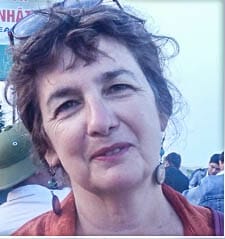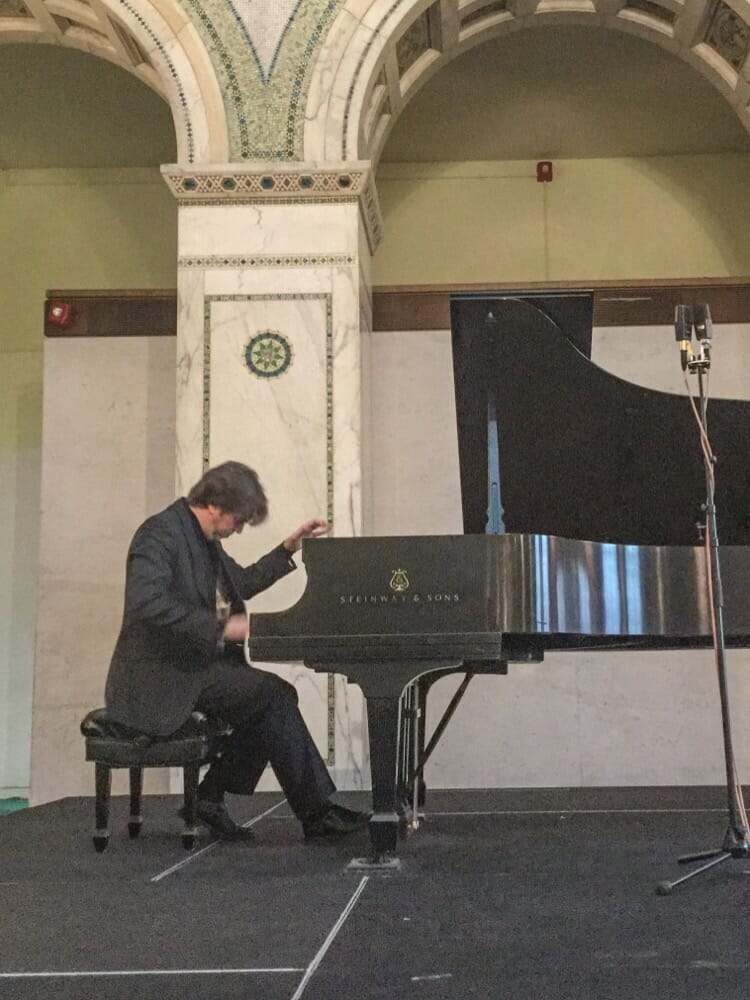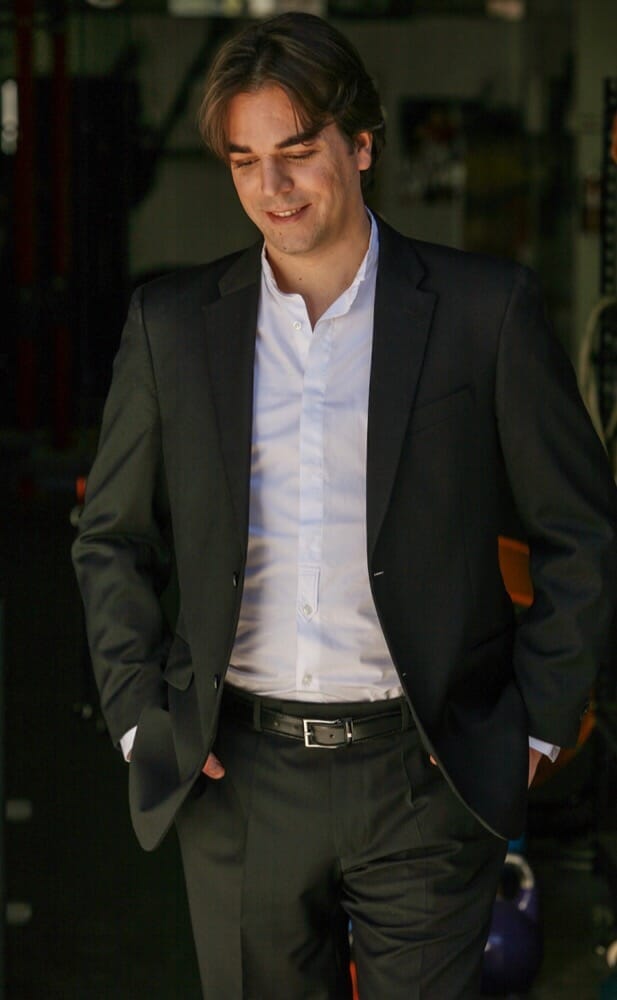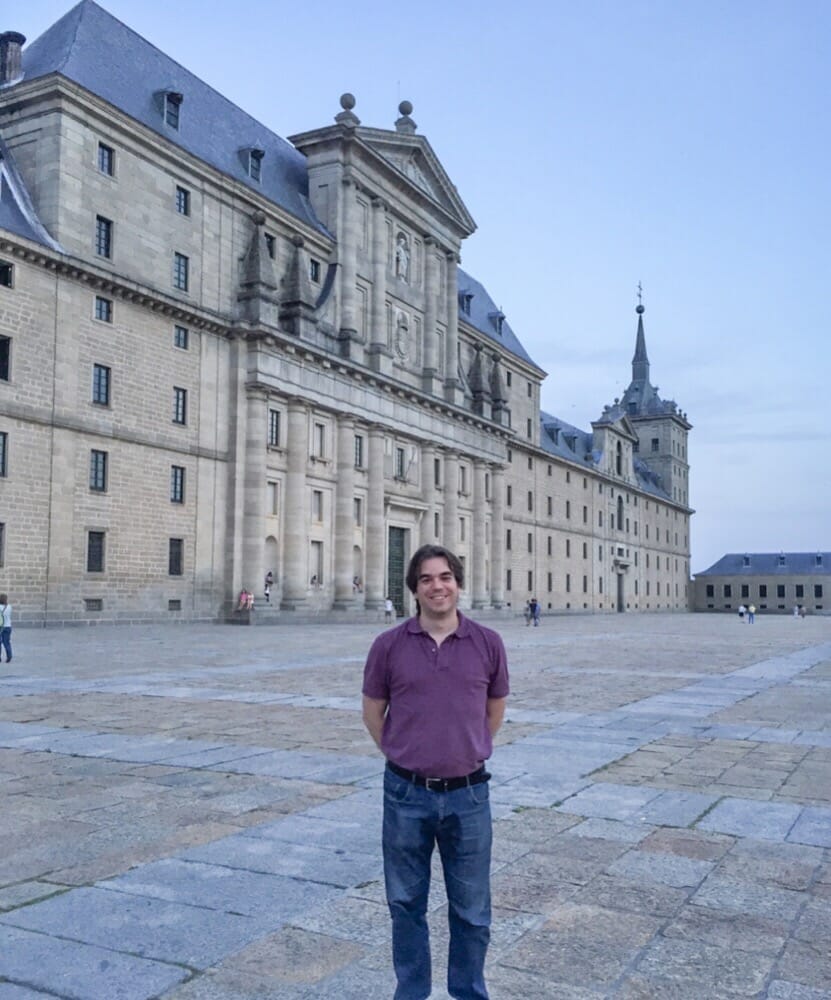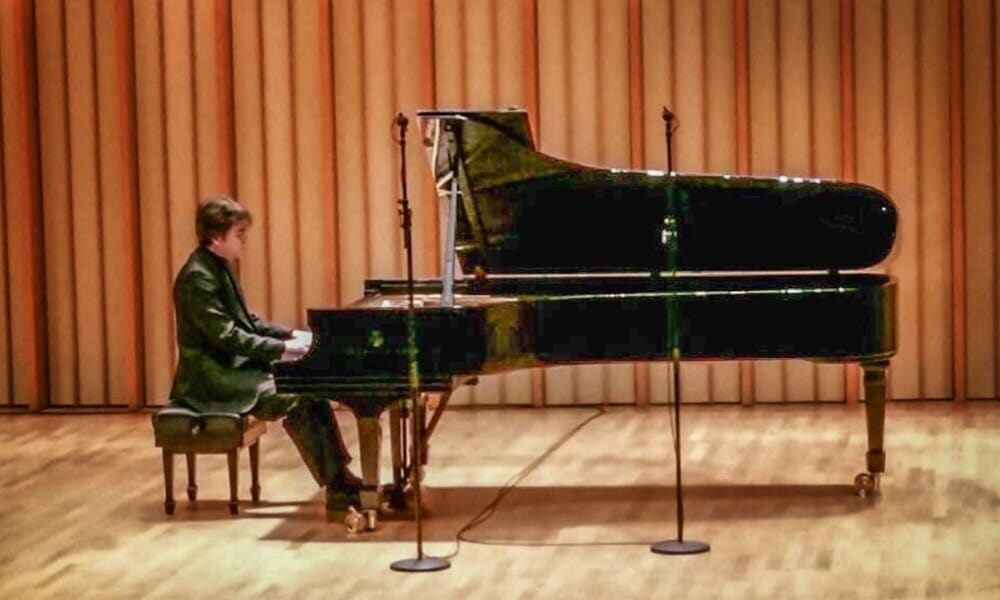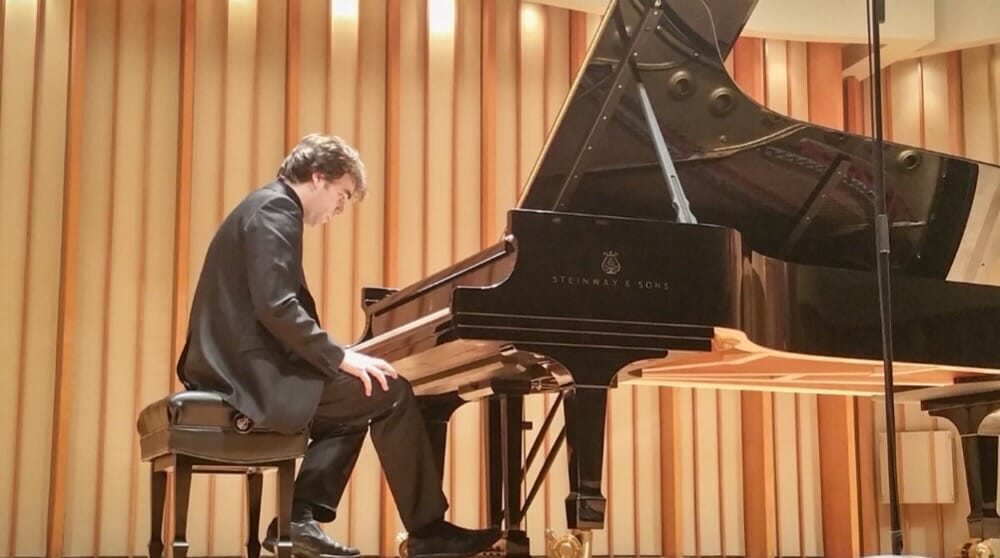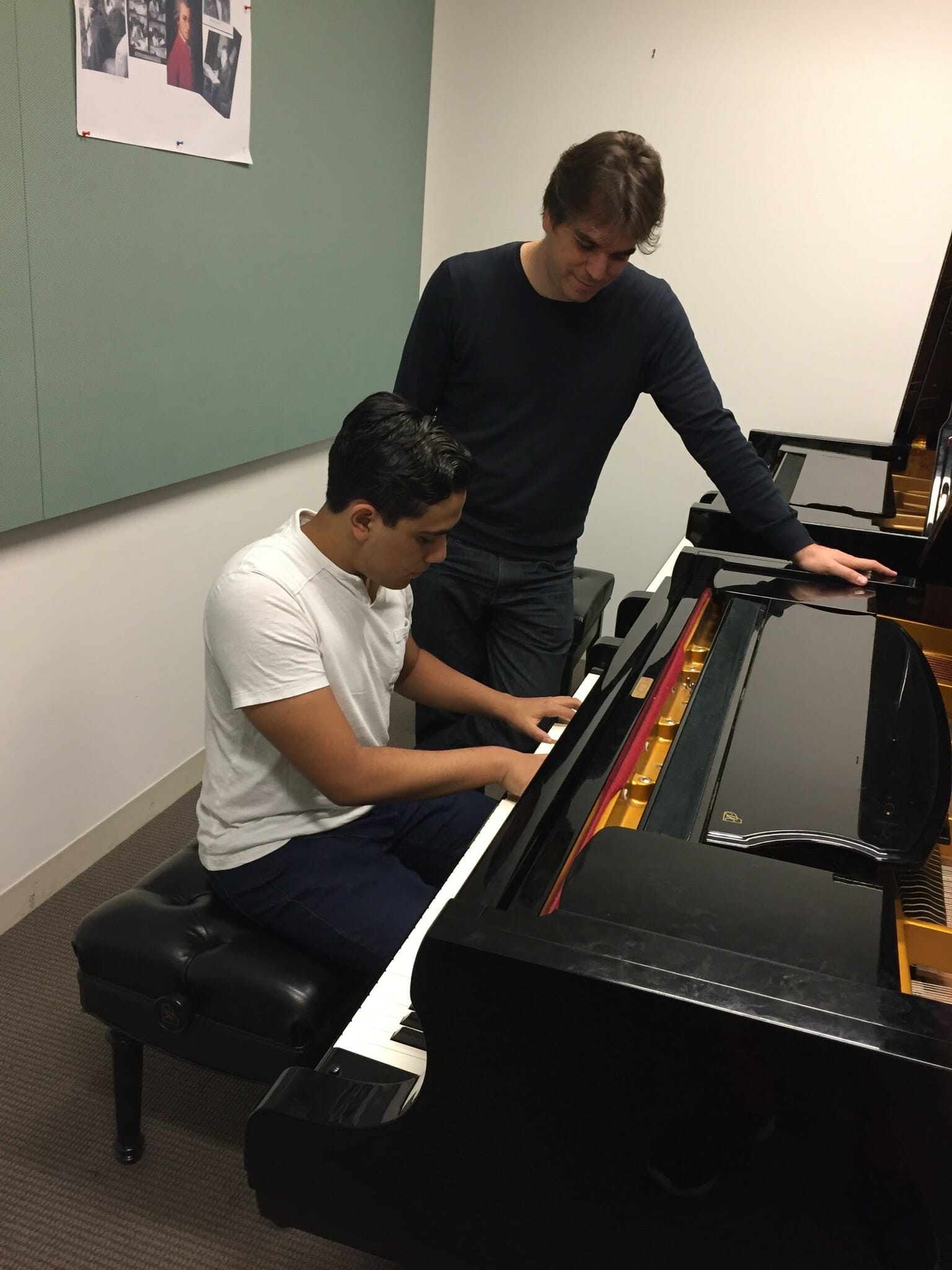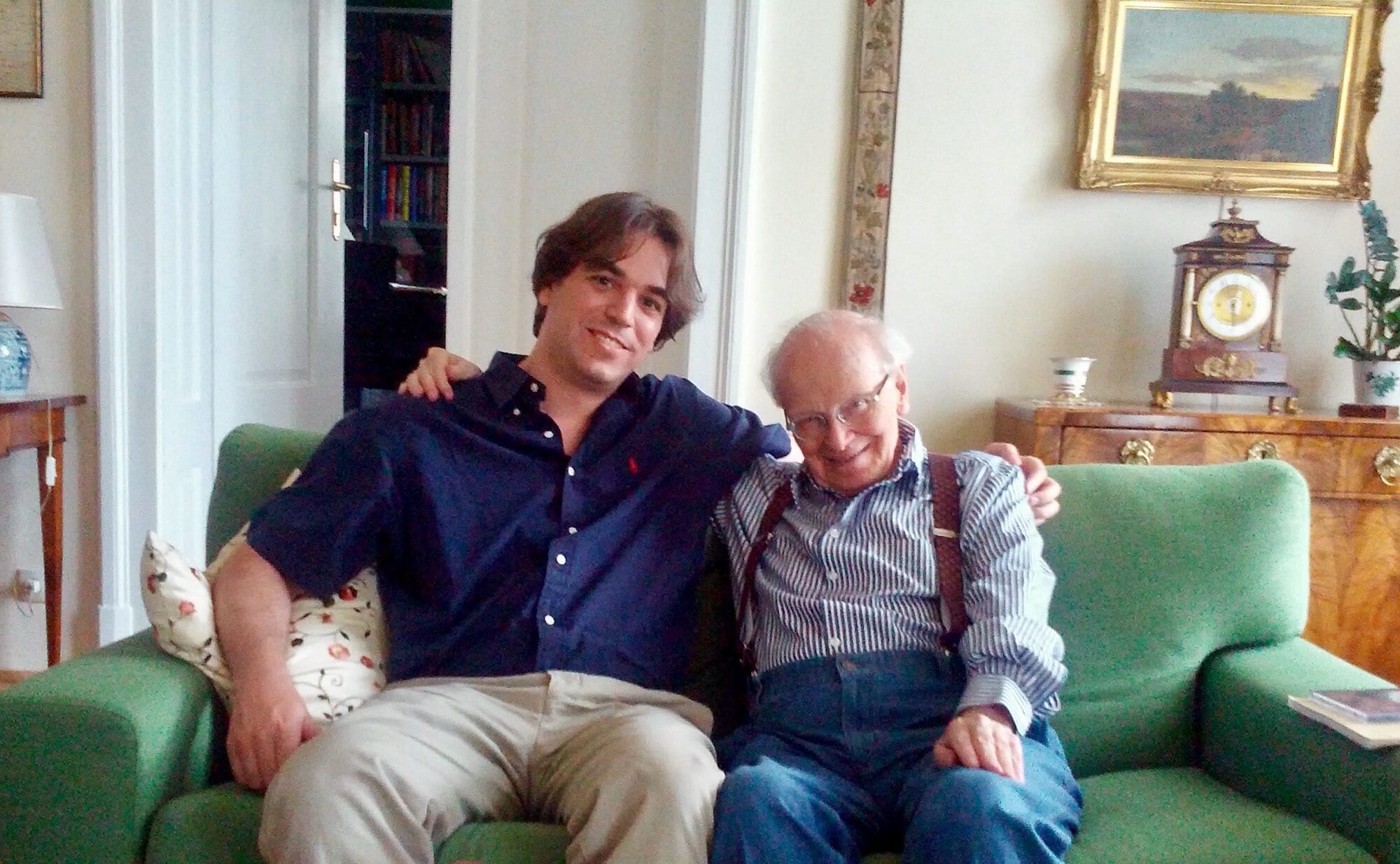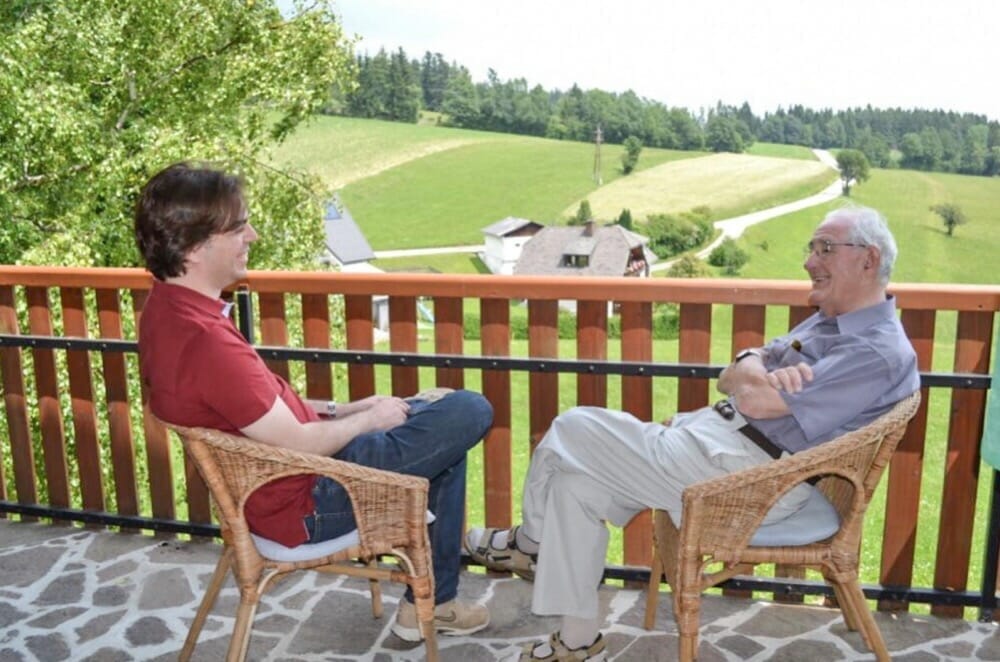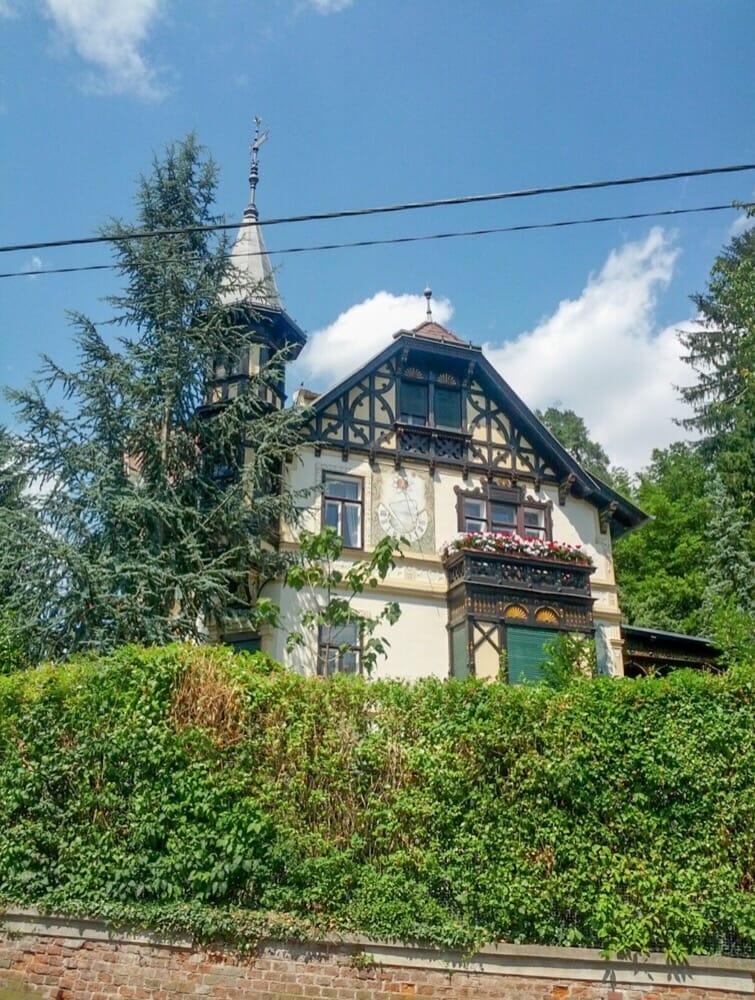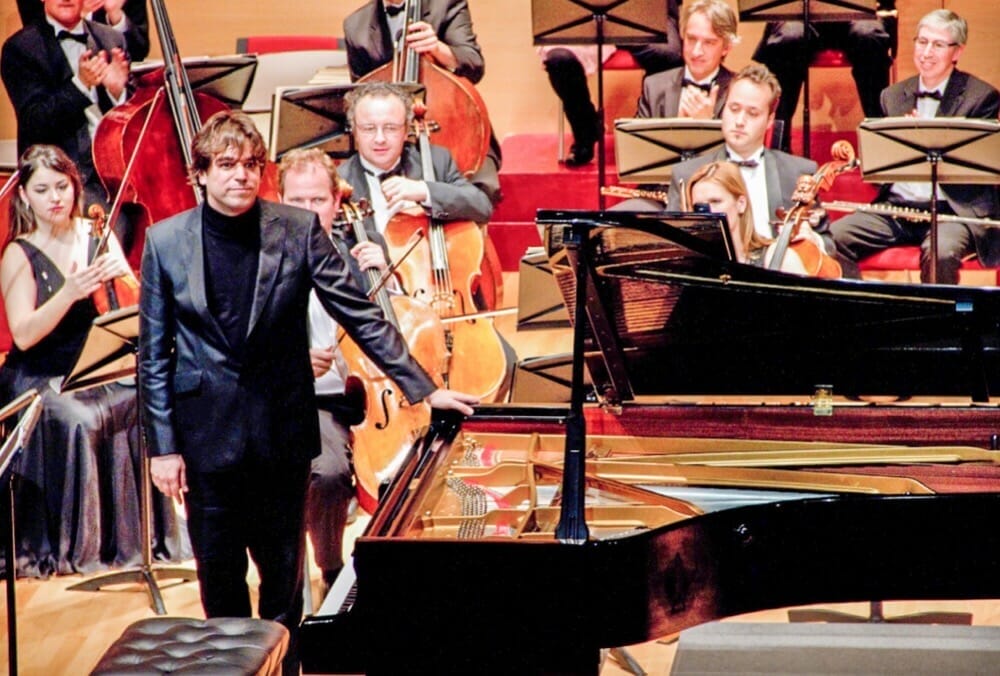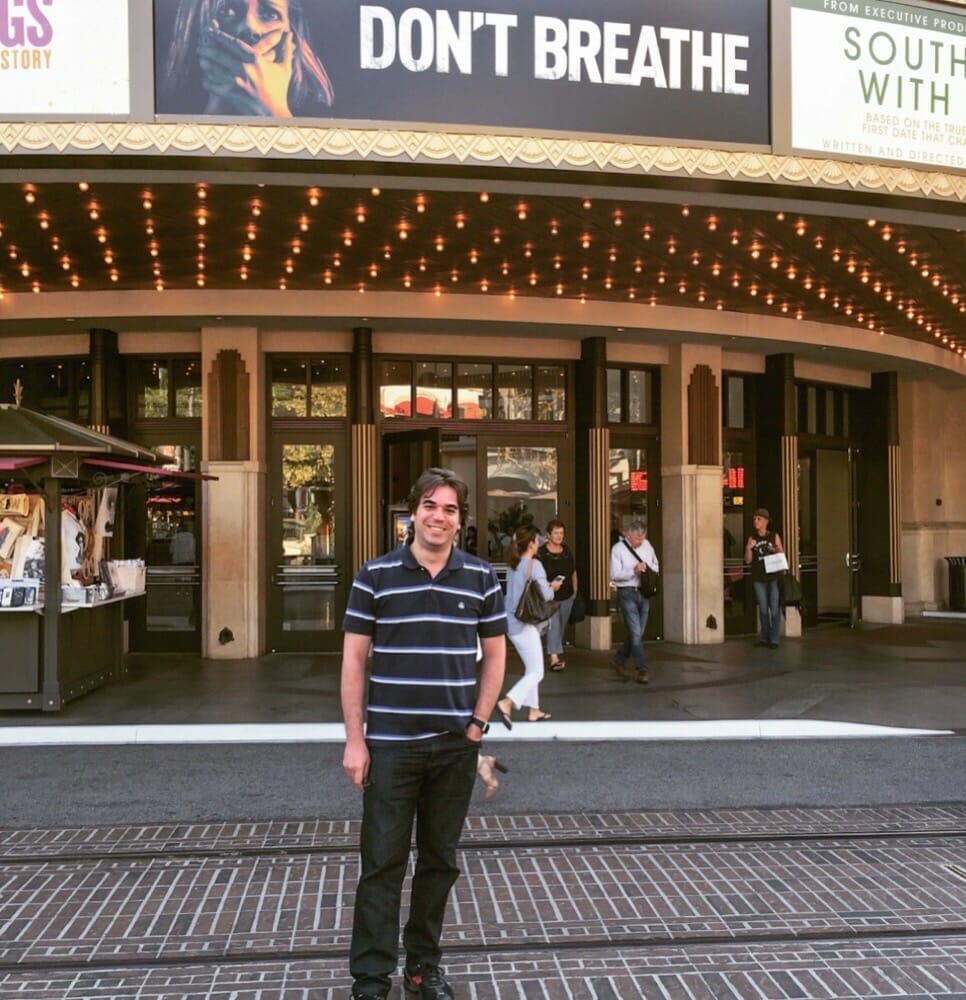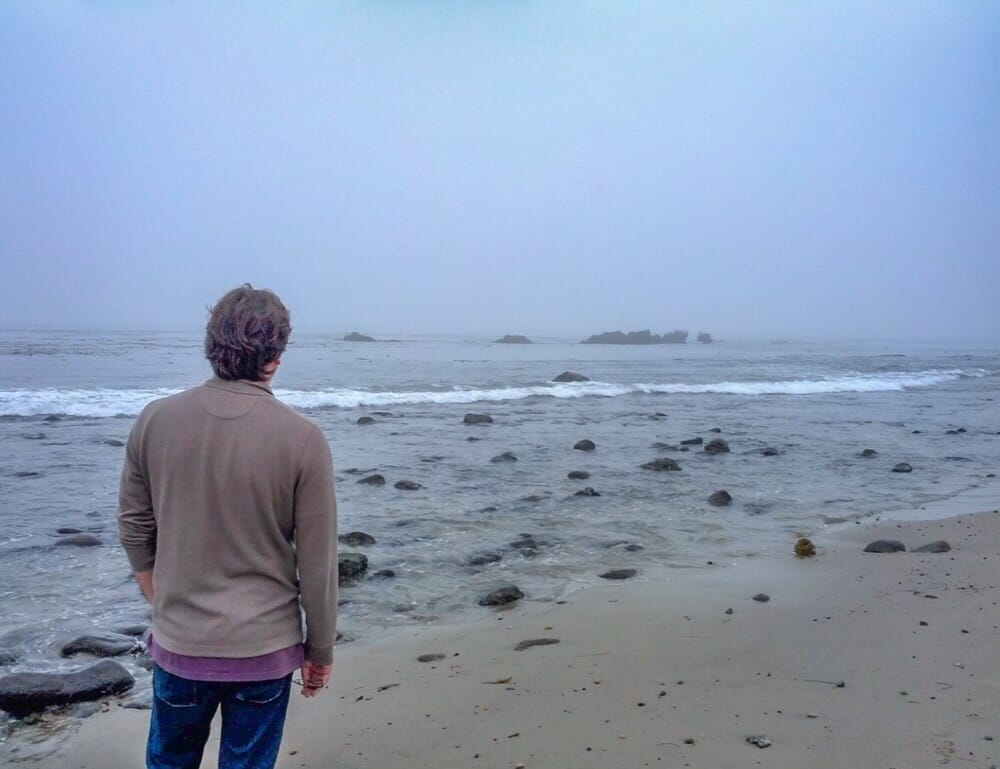On October 9, 2016, the day after the US Presidential Election, Spanish-born pianist Régulo Martinez-Antón performed for the live audience in Preston Bradley Hall of the Chicago Cultural Center and via simulcast to the world via the WFMT radio station. The program included works by Schumann, Granados, Albéniz, and Liszt.
It was the day after the 2016 Presidential election, and just hours since many in the audience had switched off their televisions to grab a few hours sleep. News reports at that time were announcing that 90% of Chicagoans did not vote for President-elect Trump. Listening to the pre-performance chatter, one suspects that percentage was much higher in Preston Bradley Hall. Friendships born of shared misery seemed to be blossoming as patrons in neighboring chairs matched notes of disbelief, angst and shock. It was a place of raw emotion.
Then, with just a few lyrical opening bars of Schumann’s “Arabeske in C major”, pianist Régulo Martinez-Antón – whom we later learned was himself tired from a similar late night TV marathon watching election returns come in— reminded that there is and will always be magic in the world.
This life lesson, intentional or not, is not altogether unexpected from a man who describes music as a need that he can’t do without. Régulo reports that his day begins quite literally with switching on his piano music playlist before he even gets out of bed to begin his morning ablutions.
The light melody of the “Arabeske” opening was actually not the major fare of the program Martinez-Antón had compiled. Spanish-born Martinez-Antón devotes himself to introducing American audiences to Spanish classical music whenever he can. Martinez-Antón explains that he selected this program to mark the 100th Anniversary of the tragic death of Spanish composer Granados, saying, “Granados had been invited by US President Woodrow Wilson to perform for him in 1916. When he missed his return boat to Spain, he had to change plans and instead sail to England. Then, when crossing the English Channel on board the Sussex, the boat was shot by a German U-Boat. Granados saw that his wife, Amparo, was thrown overboard and he jumped into the water to save her. They both drowned…
“My first impulse was to perform only works by Granados for the Dame Myra Hess audience. Then, I decided to put his music in perspective. I surrounded his work by composers that influenced him the most. These composers— Schumann, Albéniz, and Liszt—were three big influences on Granados’ music.
“Also, I designed the program with my ears. I’ve played these works many times and it helps me to develop a program as a listener.
“All these pieces have feelings of nostalgia and longing. Schumann was missing Clara and in the end of this piece he is talking to her. Albéniz was talking about the idea of Spain while he was in France. This is an emotional and romantic program. It suits me well. I am faraway from my original home for so long that I can strongly relate to feelings of nostalgia and longing. Because I am an introverted person, this repertoire allows me to communicate things that I would like to say. Personally, I find the tragic story of Granados very engaging…
“…I enjoy performing because it is about communication and that is the aspect that I enjoy the most. When I perform I try to disappear and let the music speak to the audience as much as possible…The audience completes the performance, if they were not there I couldn’t play the same way. When I began thinking of how the audience completes the creative process ,I realized how differently I felt when I was playing for someone else or just myself. Timing is different; the idea is different too.”
When not performing, Régulo is now teaching at the Colburn School in Los Angeles, where he is a full-time piano faculty member. He was surprised by how much he took to teaching, explaining, “For me, teaching and performing are interconnected. I learn a lot by having to express musical ideas with words, and this in turn affects my performance. It makes my performance more convincing.
“I noticed this the moment I started teaching. I really didn’t know if I would enjoy teaching. I t sounded easy at first, but then I had to put into words things I had never said before…”
Indeed, Régulo’s performance transfixed the crowd, rousing the sleep-deprived to sit up in their chairs. You can hear the WFMT recording of Martinez-Antón’s performance that day here.
Stay tuned to these pages for announcements from Martinez-Antón in the coming year.
Sneak preview—like Canada’s Samuel Deason profiled here, Martinez-Antón hopes to start a music festival in his native country. When Picture This Post last tuned in it was a matter of plumbing. Martinez-Antón had found a palace that would be a perfect venue, if only its plumbing were in order. He was working on it.
Also, this will be the first year that self-described perfectionist Martinez-Antón will record a CD.
These updates and more about Régulo Martinez-Antón and other Dame Myra Hess musicians can be found on “Meet Dame Myra Hess Musicians and Hear More”.
All photos are courtesy of Régulo Martinez-Anton, unless otherwise indicated.

